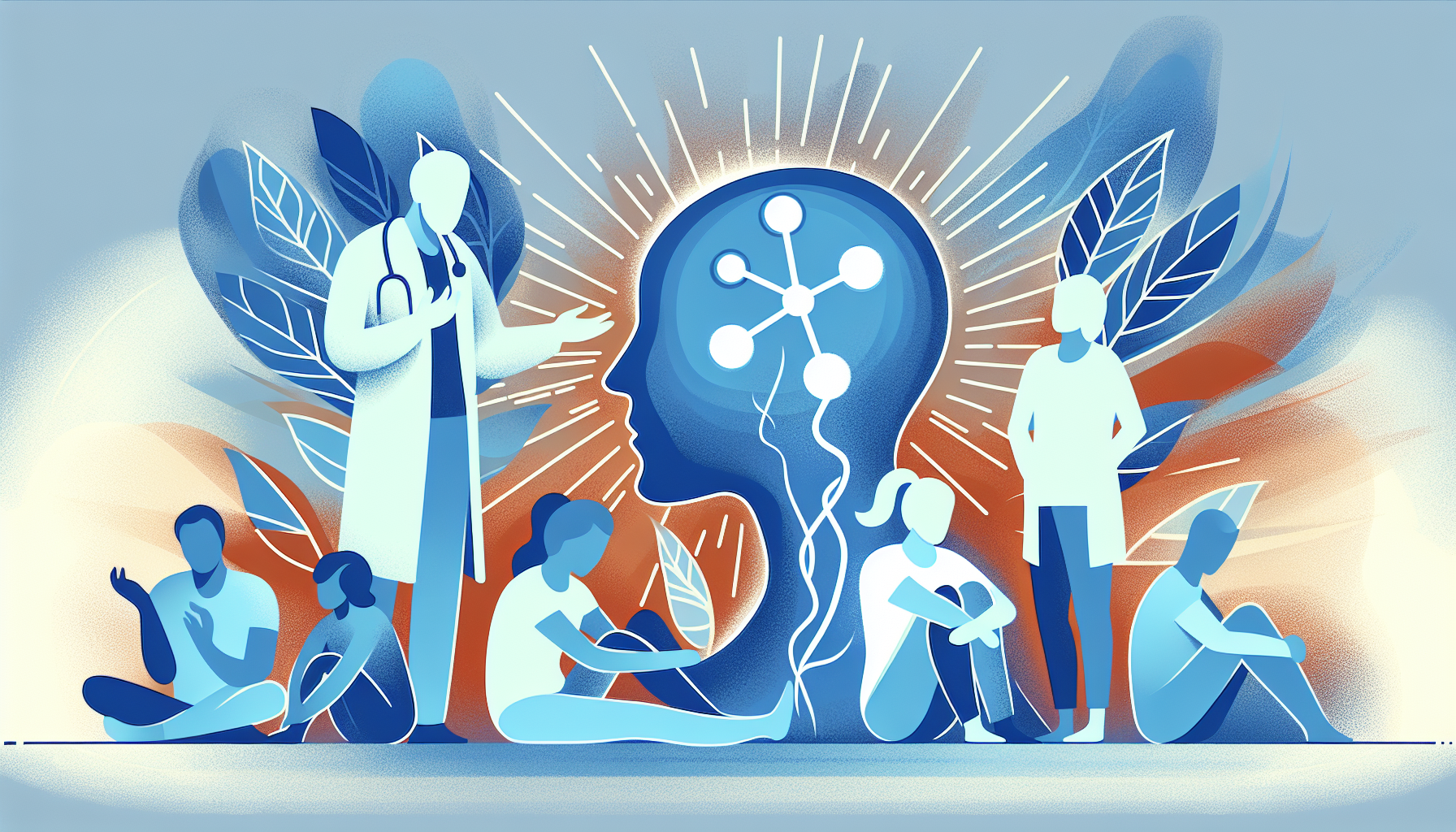Can I Take Zepbound a Day Early?
Key TakeawaysZepbound is a once-weekly injectable medication for weight management and obstructive sleep apnea (OSA) linked to obesity.Taking Zepbound a day early is [...]
Read More
Medically reviewed by Abhijit Bhattacharyya | MD, PhD, MBA, Tufts University School of Medicine - Miami, Florida on August 1st, 2023.
If you've ever eaten a chili pepper, you're probably familiar with the hot, burning sensation in your mouth. The compound responsible for this heat is called capsaicin, and it's not just found in your favorite spicy foods. Capsaicin is also a key ingredient in pain relief creams and patches, offering a natural solution for those suffering from various painful conditions.
Capsaicin is a compound found in chili peppers that gives them their signature heat. When applied to the skin, capsaicin works by blocking pain messages to the nerves, providing relief from discomfort caused by conditions such as:
Arthritis (rheumatoid and osteoarthritis)
Fibromyalgia
Muscle sprains and strains
Migraines and other severe headaches
Post-surgical pain
Some studies also suggest that capsaicin may help improve symptoms of psoriasis, such as scaling, inflammation, redness, and pain.
Capsaicin is available in two main forms: creams and patches. Capsaicin creams, lotions, ointments, gels, sticks, and films are typically available over-the-counter and can be applied directly to the affected area several times a day. When using capsaicin creams, it's important to wash your hands before and after application and avoid contact with your eyes and mouth.

For more severe or long-term conditions, such as postherpetic neuralgia or diabetic neuropathy, your doctor may recommend a capsaicin patch. These patches contain higher levels of capsaicin and can only be applied by a healthcare professional. The application process takes around 2 hours and may provide pain relief for up to 3 months.
While capsaicin is generally safe and well-tolerated, some people may experience side effects such as redness, swelling, soreness, dryness, burning, and itching at the application site. These side effects may worsen in hot and humid weather, when bathing in warm water, or when sweating. Most side effects are temporary and should subside within a few days to 4 weeks.
Capsaicin can also increase your skin's sensitivity to the sun and heat, so it's important to use sunscreen when going outdoors. In rare cases, capsaicin may cause an allergic reaction, with symptoms like itching, hives, throat swelling, chest tightness, and difficulty breathing. If you experience these symptoms, contact your doctor immediately.
When using capsaicin patches, be aware that they can cause rare side effects affecting the heart, such as slow or fast heart rate and changes in blood pressure. If you have a history of heart or blood vessel problems or high blood pressure, inform your doctor before using capsaicin patches.
Capsaicin offers a natural, effective solution for those seeking relief from pain caused by various conditions, such as arthritis, fibromyalgia, and neuropathy. By blocking pain messages to the nerves, capsaicin creams and patches can provide long-lasting comfort without the need for oral medications. As with any new treatment, it's essential to consult your doctor before using capsaicin products to ensure they are safe and appropriate for your specific condition.
For more information on capsaicin and its use in pain management, visit:
Key TakeawaysZepbound is a once-weekly injectable medication for weight management and obstructive sleep apnea (OSA) linked to obesity.Taking Zepbound a day early is [...]
Read MoreKey TakeawaysZepbound is an FDA-approved medication for chronic weight management in adults with obesity or overweight, and for moderate to severe obstructive sleep apnea [...]
Read MoreKey TakeawaysZepbound is a once-weekly injectable medication that supports weight loss by activating hormone pathways regulating appetite and digestion.After the first dose, [...]
Read More